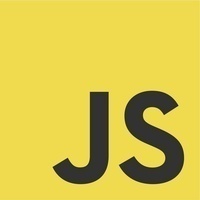Need advice about which tool to choose?Ask the StackShare community!
Fabric.js vs GeoJSON: What are the differences?
Developers describe Fabric.js as "The easiest way to work with HTML5 canvas". It provides interactive object model on top of canvas element. Fabric also has SVG-to-canvas (and canvas-to-SVG) parser. Using Fabric.js, you can create and populate objects on canvas; objects like simple geometrical shapes. On the other hand, GeoJSON is detailed as "A format for encoding a variety of geographic data structures". It is an open standard format designed for representing simple geographical features, along with their non-spatial attributes. It is based on JSON, the JavaScript Object Notation. The features include points, line strings, polygons, and multi-part collections of these types.
Fabric.js and GeoJSON belong to "Languages" category of the tech stack.
Some of the features offered by Fabric.js are:
- Cross-browser Fast
- Encapsulated in one object
- No browser sniffing for critical functionality
On the other hand, GeoJSON provides the following key features:
- GeoJSON supports the following geometry types: Point
- LineString
- Polygon
Fabric.js is an open source tool with 13.2K GitHub stars and 2.14K GitHub forks. Here's a link to Fabric.js's open source repository on GitHub.



























